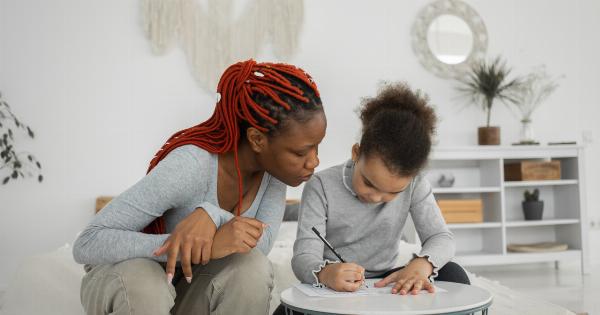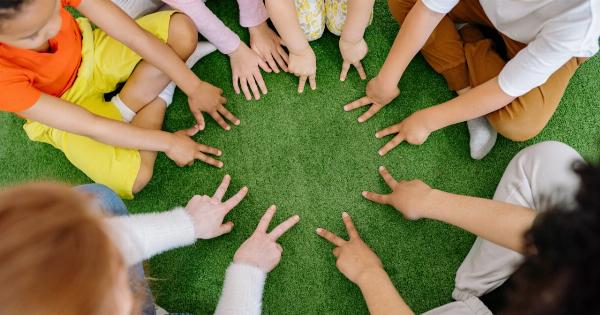Reading is one of the fundamental skills required for academic and overall success in life. However, many children struggle with this skill and find reading to be a tedious or difficult task.
As parents and educators, it is our responsibility to equip children with the right strategies to make reading easier and more enjoyable for them.
: Here are some effective reading strategies for children
1. Phonics Instruction
Phonics is the method of teaching children the relationship between sounds and letters. This involves breaking down words into individual sounds and then blending them together to form words.
Phonics instruction helps children to pronounce words correctly and make sense of written text.
2. Sight Words
Sight words are high-frequency words that children need to memorize as they appear frequently in written text. These words cannot be easily sound out and therefore need to be recognized automatically.
Teaching children sight words as part of their reading instruction helps them to read faster and more fluently.
3. The Five-Finger Rule
The five-finger rule is a simple method that helps children choose books that are at their reading level. The child opens a book to any page and reads it. Every time they come across a word they don’t know, they hold up one finger.
If they get to five fingers before the end of the page, the book is too difficult for them to read independently.
4. Graphic Organizers
Graphic organizers are visual tools that help children organize and process information from a text. Some popular graphic organizers include Venn diagrams, graphic timelines, and KWL (what I Know, what I Want to know, what I Learned) charts.
These tools help children to better understand the content of a text and engage with it more meaningfully.
5. Context Clues
Context clues are hints or clues in a text that help children to infer the meaning of an unfamiliar word. By using context clues, children can learn to figure out the meaning of a word without needing to look it up in a dictionary.
This skill is essential for building vocabulary and understanding more complex texts.
6. Reading Aloud
Reading aloud is a great way for children to build their reading skills and fluency. By hearing a fluent reader read aloud, children can learn proper pronunciation, inflection, and pacing.
Reading aloud also helps children to develop their listening skills and comprehension abilities.
7. Active Reading
Active reading is the practice of engaging with a text by asking questions, making connections, and visualizing what is happening. Active reading helps children to better understand the content of a text and retain what they’ve read.
This is an important skill for building critical thinking skills and reading comprehension.
8. Rereading
Rereading is a strategy that involves reading a text multiple times to deepen comprehension and fluency. By rereading, children can pick up on details or nuances they may have missed before.
Rereading also helps children to build confidence in their reading ability and develop a love for reading.
9. Pairing Reading with Other Activities
Pairing reading with other activities can make reading more enjoyable for children and help them retain the information better.
Some ideas for pairing reading with other activities include acting out scenes, creating art or crafts related to the story, or researching further information on a topic mentioned in the book.
10. Providing Choice
Allowing children to choose what they read can help them to develop a love for reading and increase their motivation to read.
Providing choices within a certain genre or level can give children a sense of ownership over their reading and encourage them to explore new topics and genres.
Conclusion
These effective reading strategies can help children become better readers and more engaged with the content of a text. However, it’s important to remember that not all children learn in the same way.
As parents and educators, it’s important to be flexible and receptive to how each child learns best to help them develop their reading skills.


























